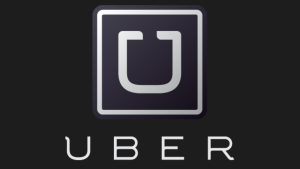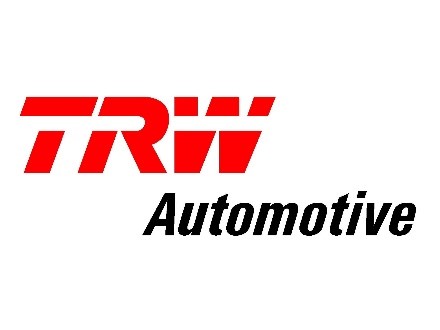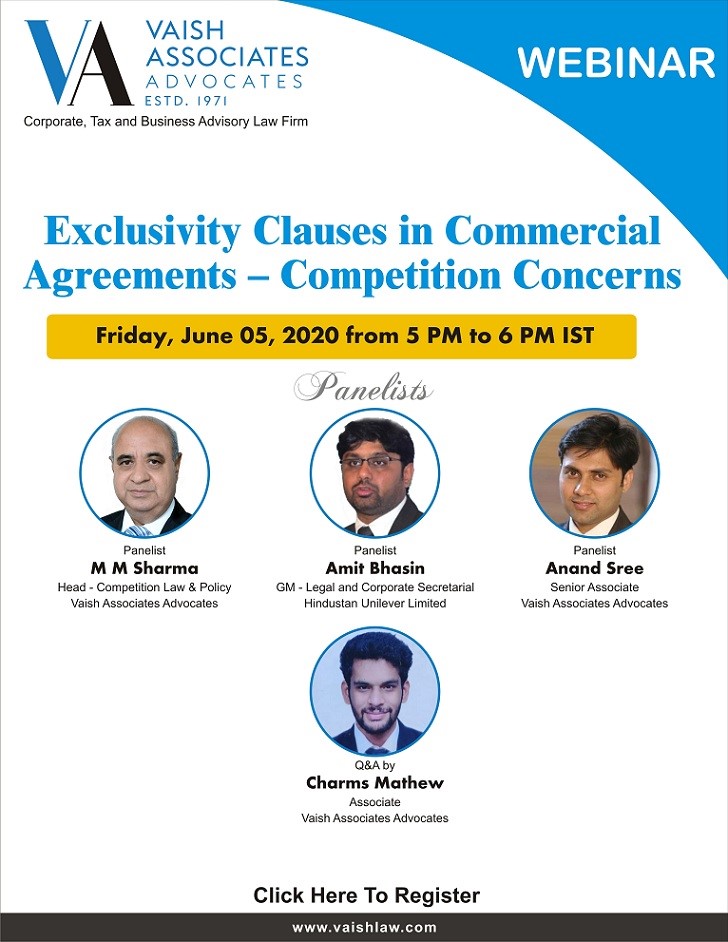End of deep discounting by Uber in India ? Uber loses first round of legal battle in India -Supreme Court dismisses its appeal -Directs investigation against UBER for alleged abuse of dominance -leaves some questions unanswered !
Will India prove to be the nemesis for the Digital Cab Aggregator Giant Uber ?
This seems to be probable for now if you are informed that Uber has lost its appeal against an order dated 7.12.2016 passed by the erstwhile Competition Appellate Tribunal (“COMPAT”) directing investigation against Uber India Systems Pvt. Ltd (“UBER”) for alleged abuse of dominance in the market for radio tax services in Delhi NCR.
The Supreme Court of India (“SC”), vide judgement dated 03.09.2019, while dismissing Uber’s appeal has upheld the said COMPAT order , which means that investigation by the Director General (“DG”) against the alleged abuse of dominance by Uber , on account of its unilateral conduct of deep discounts and subsidized cost of trips to finish competition , would restart , much to the chagrin of the fair market regulator, the Competition Commission of India (CCI/Commission), which had initially dismissed the original complaint against Uber on these very charges !
Noticeably , the Hon’ble Supreme Court while dismissing Uber’s appeal , has left some controversial questions relating to the interpretation of the Competition Act ,2002 (the Act) unanswered which I will like to highlight here for possible resolution in some future judgment by the Apex court .
But let us first understand the implications of this judgment on Uber’s future market conduct in India. This means that if the violation of abuse of dominant position on account of predatory pricing is indeed found true after investigation by DG and inquiry by CCI, besides facing huge penalties , Uber may be directed to stop the existing practice of cross subsidizing the cost per trip for its driver partners from the huge funds obtained by venture capitalist and equity funding from its parent company in the US to create a level playing field . The consequences can be imagined!
Background
Before CCI
Meru Travels Solutions Pvt. Ltd (“Meru”) – a radio taxi service provider and a competitor to Uber- filed an information before CCI on 09.10.2015 alleging that Uber pays the drivers/owners attached to its network unreasonably high incentives which are over and above and in addition to the trip fair received from the passengers. As per Meru, the primary reason for Uber’s growth is the large global funding and anti-competitive business model which has led to Meru’s market share to drop to 11% in September 2015 from 18% in December 2013 by number of trips and also a loss of INR 107 Crores. On the other hand, Uber’s market share had increased to about 50% by the number of trips done on its radio service network.
In order to show dominance of Uber, Meru relied on a market research report produced by New Age Tech Sci Research Pvt. Ltd (“Tech Sci”) which analyzed radio taxi service in Delhi NCR region as on 30.09.2015 which revealed that Uber had 50.1% of the market share in Delhi NCR. Meru alleged that Uber was abusing its dominant position by resorting to predatory pricing and following unfair conditions by virtue of its dominance in the relevant market. The information contained allegation as to the kind of incentives being offered by Uber to its drivers/partners to build a network effect, the gains that drivers make out of their engagement with Uber, the losses that Uber makes out of every trip ( INR 204 per trip) and the kind of discounts that Uber offers to its customers.
The Commission did not find a prima facie case to order investigation based on the following grounds briefly:
- The Tech Sci report relied upon by Meru was contrary to another report- 6Wresearch which was presented before the Commission in an earlier case Fast Track Call Cabs Pvt. Ltd v ANI Technologies which raised doubts about the credibility of the Tech Sci report.
- CCI took Delhi as the relevant geographic market and not Delhi NCR region as requested by Meru on the ground that the regulatory framework in relation to taxi services and use of CNG in public transport were different in both regions.
- As per the CCI, there was a vibrant and dynamic radio taxi service in Delhi and Uber was not considered to be dominant in the relevant market.
Accordingly, the CCI vide its order dated 10.2.2016 closed the case under Section 26(2) of the Act . Meru filed appeal before COMPAT .
Before COMPAT
The COMPAT order dated 7.12.2016 has been already analyzed by me in this Blog and can be read here .
With regard to the lack of credence given to Tech Sci report by the CCI, the COMPAT noted that Tech Sci Report had made certain statistical reporting which was not challenged in substantive terms by Uber except by raising doubts about the credibility. Moreover, the other report- 6Wresearch report was not accepted by CCI in Mega Cabs Case, however the Tech Sci report on Bangalore had been accepted by the Commission in Fast Track Case. As per COMPAT, the fact that the two reports were contradictory to each other was a sufficient ground in itself to order investigation by the CCI. The COMPAT noted that since the objective of Section 26(1) of the Act is to formulate a prima facie view, the information along with the material facts made available was enough for the Commission to formulate an opinion.
Further, disagreeing with the Commission’s delineation of the relevant market as Delhi only, COMPAT observed that it’s a matter of common knowledge that customers can move from one point in NCR to another point calling taxis on telephone/internet and the distinction made by the Commission does not exist. The COMPAT observed that the High Court order on the mandate on the use of CNG in public transport within NCT, on which reliance was placed by CCI, had been revised in appeal by the Supreme Court to include the entire NCR of Delhi. Also, from a point of view of the consumer, a seamless movement between two points within the NCR would have been a more pragmatic way of looking at any transport regulation as customers are not affected by political demarcations. The COMPAT also took note that the Motor Vehicles Act, 1988 provide that the taxis which operate under a tourist agency permit are not constrained to operate within municipal limits and taxis such as Uber and Ola use tourist agency permits. Accordingly, COMPAT held that restricting relevant geographic market to Delhi NCT was an error and the relevant geographic market on a prima facie basis should been Delhi NCR.
COMPAT also criticized CCI for only concentrating on the market share and not focusing on other factors such under Section 19(4) of the Act. The COMPAT observed that-“ The information made available by the informant/appellant should be seen in the context of overall picture as it exists in the radio taxi service market in terms of status of funding, global developments, statements made by leaders in the business ,the fact that aggregator based radio taxi service is essentially a function of network expansion and there was adequate indication from the respondent that network expansion was one of the primary purpose of its business operation.”
As per COMPAT, the financial resources and existence of discounts and incentives associated with the business model of Uber were good supporting reasons to suggest that the issue of dominance needs to be seen from a perspective which is not limited to market share alone. The COMPAT also noted that apart from Uber, there are a few very small players in the market who can be seriously affected if any of the bigger players adopted anti-competitive practices.
In conclusion, COMPAT held that although it cannot be said definitely that there is an abuse inherent in the business practices adopted by operator such as the respondents (Uber) but the size of discounts and incentives show that there are either phenomenal efficiency improvements which are replacing existing business models with new business models or there could be anti-competitive stance to it. Whichever is true , the investigation would show”. Accordingly, the COMPAT set aside the CCI order and directed investigation by the DG.
Before the Supreme Court
In the second appeal filed by Uber challenging the COMPAT order dated 7.12.2016 before the Supreme Court , inter alia, contested the determination of the relevant market as Delhi NCR by COMPAT (as against Delhi NCT by CCI) and raised an issue of correct interpretation on the powers vested in COMPAT under Section 53B (3) of the Act to directly order investigation by the DG without remanding the matter back to CCI for reconsideration on the existence of a prima facie case for investigation under by DG section 26(1) of the Act , as was the practice earlier .
The Hon’ble Supreme Court , in its short judgement dated 03.09.2019 has , apparently, not considered and it necessary to deal with the above interpretational and controversial issues raised in the appeal and taking a strong exception and cognizance of the fact mentioned in the original information that Uber was losing INR 204 per trip in respect of the every trip made by the cars of the fleet owners, dismissed the appeal, by observing that the above factor is sufficient by itself to show that there existed a prima facie case under section 26(1) as to infringement of section 4 of the Act relating to abuse of dominant position by Uber.
The Supreme Court felt that the above factor of deliberate losses sustained by Uber in each trip are enough to show the dominant position enjoyed by Uber in the relevant geographic market (which the Supreme Court found being Delhi NCR) and that Uber intends to affect its competitors or the relevant market in tis favor, to fit within the meaning assigned under the Explanation (a)(ii) to section 4 of the Act as well as in the definition of “predatory price” under Explanation (b) to section 4 of the Act. As per Supreme Court, this factor did not make any economic sense other than Uber’s intent of eliminating competition from the market. Accordingly, the Apex Court upheld the COMPAT’s order and directed the DG to complete investigation within a period of six months.
However, in my humble view, the Hon’ble Supreme Court has failed to consider and answer the following moot issues which are going to leave a vacuum in laying down jurisprudence for future guidance of both CCI and NCLAT.
Power of Tribunal to direct DG investigation
The first issue pertains to powers of COMPAT under section 53B of the Act. The said section provides that in appeal the COMPAT may “confirm”, “modify” or “set aside” the order of the CCI. In this case, however, the COMPAT did not just set aside the order of the CCI but also directed the DG to investigate the matter. Uber contended that the COMPAT did not have the power to direct such an investigation, only the power to set aside the order and send it back to the CCI for re-determination.
In my view, while this issue was at the heart of the case, the Supreme Court never deals with it. Although, the Supreme Court’s upholding of the COMPAT’s order implies that the court found the tribunal to be vested with the power to direct an investigation. But the judgment does not discuss this issue and one is left wondering about the statutory source of this power to direct investigation that the Supreme Court has now conferred on the COMPAT.
Predatory pricing
The second issue pertains to establish predatory pricing under section 4. For this , two elements must be satisfied: (i) the player occupies a dominant position; and (ii) sells at a price below cost with a view to reduce competition and eliminate competitors. Thus , mere selling below the cost is not sufficient to prove predatory pricing.
The Supreme Court relied on an example that showed that Uber was giving huge commissions and incentives to drivers and, therefore, taking a loss per ride. This same example was used as evidence for the first two elements. It could be argued that such an incentive model where Uber is losing money is evidence for selling services below cost. However, it is unclear how this ipso facto proves dominance of Uber or predatory pricing by Uber , in the absence of “elimination” of any competitors?
Relevant market
Additionally, determination of correct relevant market, which comprises of both relevant product market and relevant geographic market, is a sine qua non for determining the position of dominance of any firm. While there was no issue on the relevant product market, in Uber’s case, the point of contention was whether the relevant geographic market would be Delhi or Delhi – National Capital Region. The CCI used Delhi as the relevant geographic market in which Uber was not found dominant, whereas the COMPAT used the Delhi NCR as the relevant geographic market in which Uber was found dominant. In fact, this was the entire basis on which the COMPAT reversed the CCI’s order. However, this crucial aspect finds no mention in the Supreme Court’s decision. Without discussing how, the Hon’ble Court merely states that the relevant market is the National Capital Region (NCR).
Now that the Supreme Court has without any reasoning has declared the National Capital Region to be the relevant market, it seems unlikely that the DG or the CCI can take a contrary view even if they discover overwhelming market evidence to back it.
This may be problematic because a finding on what constitutes the relevant geographic market must be rooted in data and market surveys using the parameters provided in section 19 of the Act. It cannot be a mere declaration of what the Supreme Court intuitively feels is the relevant market.
It may be noted that markets such as those of taxi aggregators are in constant flux and even new entrants can acquire dominance quickly by offering better services or rates. The Supreme Court has precluded the DG and the CCI from accounting for such dynamic factors.
In my view, the failure to look at dominance in the context of correct relevant market based on data and survey as a part of prima facie analysis by the Hon’ble Supreme Court has not set a good precedent. This stands in stark contrast to the order of the CCI in the Reliance Jio case, where similar allegations of predatory pricing in internet services were made against Jio by other service providers. The CCI found that Jio was a new entrant into the market and, therefore, dominance had not been established and an investigation could not be initiated.
Pricing below cost with a view to reduce competition
Sometimes promotional pricing could be used by new entrants to challenge dominant incumbents. It could also be used to reach a “critical mass” and utilize economies of scale to make production more efficient. Such below-cost pricing would not be anti-competitive – on the contrary, it could increase competition.
Unlike the CCI order in Jio, the Supreme Court in Uber never looked at whether the below-cost pricing (if it existed at all) had been done to reduce competition or done to increase it and improve consumer welfare. In effect, the court reached a conclusion not on whether prima facie there predatory pricing was, but on whether prima facie there was below-cost pricing. In my view, the Act clearly doesn’t treat predatory pricing as synonymous with below-cost pricing.
Comment – It is not my case that Uber had in fact not indulged in predatory pricing or even that a prima facie case against Uber does not exist. While one may hold that a prima facie case seems to exist due to the unique business model of Uber which clearly disturbs the level playing field due to its deep pockets but whether it reduces “competition ” per se and amounts to predatory pricing within the statutory framework , as explained above, depends upon detailed economic analysis based on evidence and data , which I am sure will be done by the DG and CCI since the matter is now under investigation.
The purpose of this blog is constructive criticism , merely , to show that the Honorable Supreme Court has apparently failed to appreciate the true meaning of predatory pricing. Of its two constituent elements – dominant position and below-cost pricing with a view to reduce competition or eliminate competitors – In my view, the Hon’ble Court has only analyzed the former and completely ignored the latter. I hope this anomaly does not weigh too heavily on the minds of the DG and CCI while deciding the matter .








